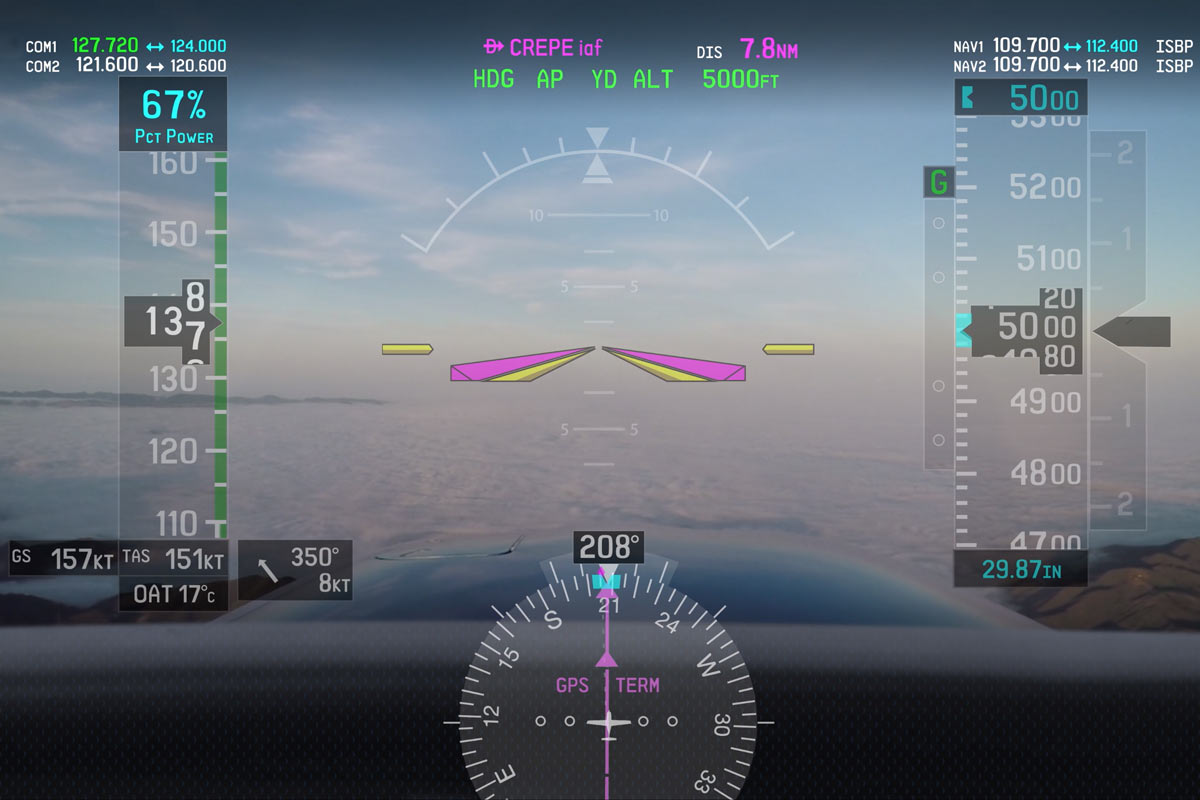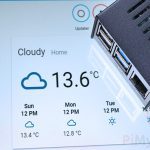Digital Altimeters: Core Concepts
A digital altimeter is an instrument used to measure altitude, the height of an object above a fixed reference point, typically sea level. Unlike traditional analog altimeters, digital versions provide readings on an electronic display, often with greater precision and additional functionalities.
Operating Principles
The most common type of digital altimeter is a barometric altimeter. Its operation is based on the principle that atmospheric pressure decreases with an increase in altitude. Key aspects include:
- Pressure Sensor: A highly sensitive transducer, often a Micro-Electro-Mechanical System (MEMS) sensor, detects changes in ambient air pressure.
- Signal Conversion: The analog pressure reading is converted into a digital signal by an Analog-to-Digital Converter (ADC).
- Processing Unit: A microcontroller processes this digital signal, applying a standard atmosphere model (e.g., ISA - International Standard Atmosphere) to calculate altitude. The relationship between pressure and altitude is non-linear.
- Display: The calculated altitude is shown on a digital display, such as an LCD or OLED screen.
Alternatively, some digital altimeters utilize GPS (Global Positioning System) technology. These devices calculate altitude based on signals received from multiple satellites. GPS altitude is generally less accurate for precise vertical measurements than barometric altitude, especially over short durations, but is not affected by weather changes in the same way barometric altimeters are.

Key Components
- Pressure Sensor: The core sensing element for barometric types.
- GPS Receiver: For GPS-based altitude determination.
- Microcontroller (MCU): Processes data and performs calculations.
- Digital Display: Presents altitude and other information.
- Power Source: Typically batteries.
- Memory: For storing calibration data, logged altitudes, or firmware.
- User Interface: Buttons or touchscreens for settings and calibration.
Applications
Digital altimeters are widely used in various fields:
- Aviation: Essential for pilots to maintain safe flight levels and for navigation.
- Outdoor Activities: Used by hikers, mountaineers, skiers, and skydivers for navigation and safety.
- Unmanned Aerial Vehicles (UAVs/Drones): Critical for flight control and altitude hold functions.
- Meteorology: To measure atmospheric pressure changes related to weather patterns and for radiosondes.
- Sports Technology: Integrated into smartwatches and fitness trackers.
Advantages
- Higher Precision and Resolution: Capable of displaying smaller changes in altitude compared to many analog counterparts.
- Digital Readout: Easier to read accurately, reducing parallax error.
- Additional Features: Often include vertical speed indicators (variometers), temperature sensors, data logging, barometric pressure display (QNH/QFE), and altitude alarms.
- Compactness and Integration: Can be easily integrated into multifunction devices.
- Data Logging: Many digital altimeters can record altitude profiles over time.
Calibration
Proper calibration is crucial for accurate readings from a barometric digital altimeter. Since atmospheric pressure changes with weather conditions as well as altitude, the altimeter must be set to a known reference before use or during use. This typically involves:
- Setting a known altitude (e.g., at a marked spot on a map, a known airfield elevation, or from GPS).
- Setting a known pressure (e.g., current sea-level pressure, QNH, obtained from a local meteorological report or aviation service).
Frequent recalibration is necessary, especially if weather conditions are changing or if high accuracy is required for activities like aviation or precise mountaineering.












